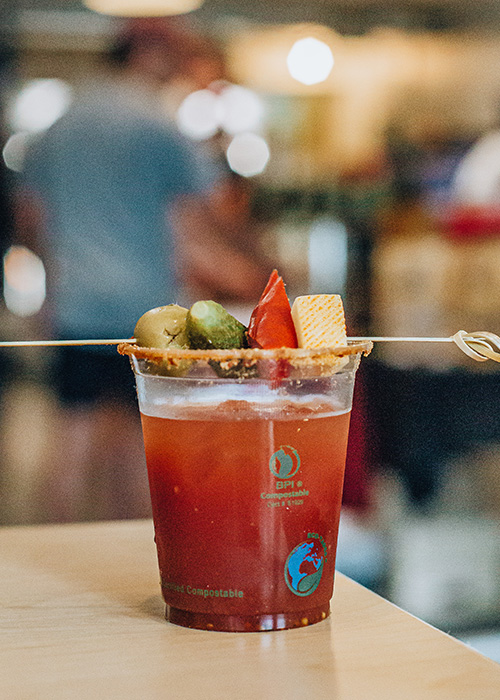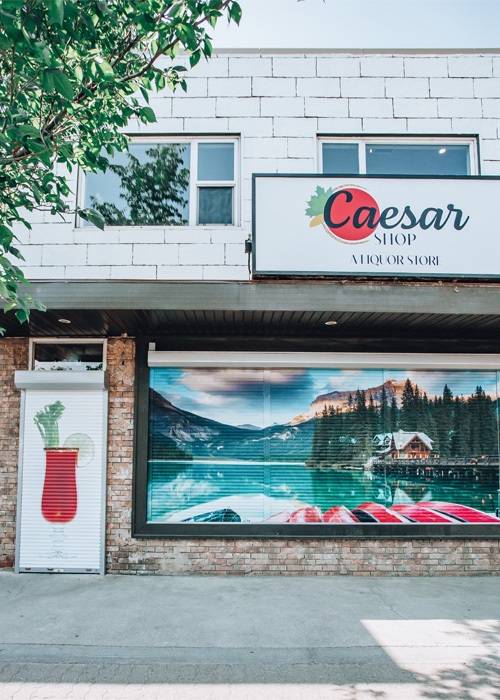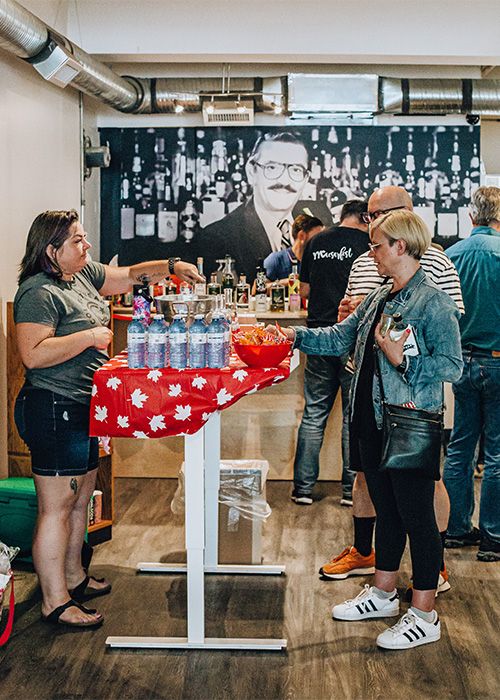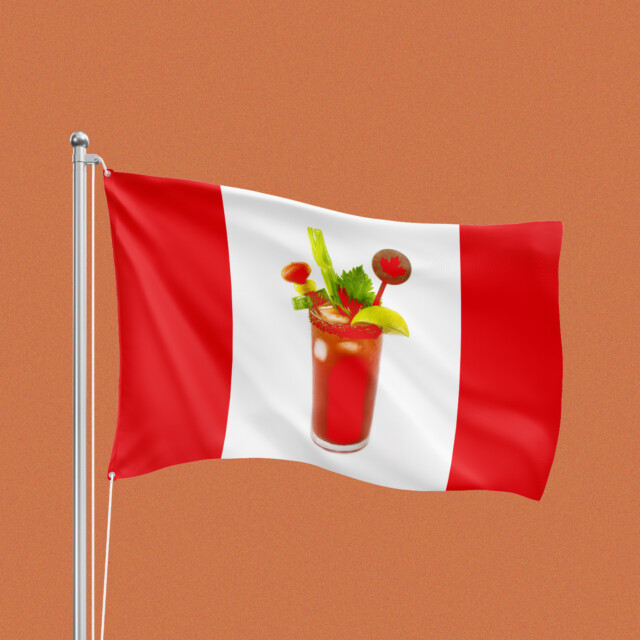Canada is — to put it lightly — quite fond of the Caesar, a cousin of the Bloody Mary starring a tomato-and-clam-juice blend. The vodka-based cocktail can be found on bar and restaurant menus across the country, and it’s become a point of national pride: According to data from Tourism Calgary, 400 million Caesars are consumed annually in Canada, and in 2009, the Parliament of Canada declared the Caesar as the country’s official cocktail. The libation even has its own annual holiday — National Caesar Day — that kicks off the Victoria Day long weekend each May. It’s even inspired a new store in Calgary (the city recognized as the recipe’s birthplace) that opened in July. But what makes our neighbors to the north so loyal to the cocktail that’s as ubiquitous across Canada as the maple leaf?
The Origins of the Caesar
The Caesar’s acknowledged story of origin dates back to 1969. Its recipe is largely credited to Walter Chell, the restaurant manager at the now-shuttered Calgary Inn, which reopened as the Westin Calgary in 1964. Chell reportedly wanted to come up with a new beverage to celebrate the opening of the hotel’s then-Italian eatery, Marco’s Restaurant. He became inspired to replicate his favorite Italian dish — a briny pasta with clams known as spaghetti alle vongole — into something drinkable.
“He wanted to introduce clam and tomato juice into his signature drink,” said Michael Cameron, the current hotel’s director of operations. According to Cameron, Chell also incorporated dashes of Worcestershire sauce, oregano, pepper, and a shot of vodka into his build, with a celery salt rim for good measure. “He would use a celery spear and a sprig of parsley as his garnish, and that was kind of his original recipe,” he says. The Canadian Encyclopedia says the drink’s alternative title of the “Bloody Caesar” might have originated from a customer’s descriptive comment about it.
While Chell passed away in 1997, the Westin Calgary still honors the property’s connection to the cocktail by offering it across all its dining concepts. It also debuted newer variations on the build, including one containing Alberta beef to honor the Calgary Stampede, a 10-day Western showcase held each July. Outside of Calgary, the Caesar became more accessible for at-home drinking with the launch of Clamato, a commercial clam-and-tomato-juice blend introduced by Mott’s not long after Chell’s invention found fame. The brand continues to champion the Caesar, so much that it puts on an annual Best Caesar In Town competition.
It’s worth mentioning that while Chell is widely considered the father of the official Caesar, there were some precursors. During his time as a drinks columnist for the National Post, Toronto writer Adam McDowell found evidence of similar cocktails pre-dating Chell’s recipe. For a 2010 column, McDowell consulted with David Wondrich, a New York-based cocktail writer, on clam-incorporated cocktails going back well over a century. Builds with tomato and clam juice and vodka sprung up in the ‘50s and ‘60s. New York columnist Walter Winchell noted one served at a Manhattan nightclub in 1953 called Smirnoff Smiler, which contained equal parts tomato juice and clam juice, a “jigger of vodka,” and a dash of Worcestershire sauce.

Canadian readers responded poorly to McDowell’s piece, displeased with the suggestion that Chell’s combination of flavors wasn’t a brand-new concept. “I went out of town camping for the weekend. I didn’t know anything of the controversy happening until I got back, and then I was like, whoa,” says McDowell. However, he still acknowledges the significance of Chell’s Caesar.
“He really made it a Canadian favorite somehow; we definitely will give him credit for that,” he says.
The Modern Caesar Obsession
One of the biggest advocates of the modern Caesar is Rachel Drinkle, owner of Caesar Shop in Calgary’s Inglewood neighborhood. Opened just last month, it’s said to be the first liquor store in Canada entirely dedicated to the cocktail. In addition to juice and rim mixes, canned Caesars, and recipe necessities like vodka, pickled brine, Worcestershire, and hot sauces, the shop also offers other products from Canadian distilleries and breweries including Snoday Spirits, Two Rivers Distillery, and Collective Arts Brewing.

This isn’t Drinkle’s first Caesar-related venture. In 2019, she founded the YYCaesarfest, an event named for Calgary International Airport’s code that highlights Caesar product makers and Canadian vendors and establishments. Drinkle, who once worked at hotel restaurants, was inspired to start the festival in part by friends who would go to bars to celebrate National Caesar Day.
“I thought, you know what? I need to be honoring this piece of Canadian culture,” she tells VinePair. YYCaesarfest’s planned return is slated for May 2024.

Within Calgary, Drinkle highlights restaurants known for their innovative takes on the Caesar, including Vegan Street and Jam’s Diner. Another is Free House, a craft beer hall that won the YYCaesarfest twice for its Ginger Beef Caesar. Toronto drinks writer and author Christine Sismondo also points out Caesar drinkers’ affinity for putting their spin on the beverage, especially with garnishes. While judging a past Spirit of Canada Caesar competition, she recalled contestant Simon Hooper putting an entire Peking duck on top of his Caesar.
“It was very elaborate and it was actually very delicious, too,” she says. “And he won the competition that year.”
Sismondo finds that the Caesar gives Canada a cultural distinction, helping it stand apart from the Bloody Mary commonly enjoyed by its neighbor to the south. “And I think that that’s part of the reason that it’s been taken up with such incredible patriotism and enthusiasm.”
